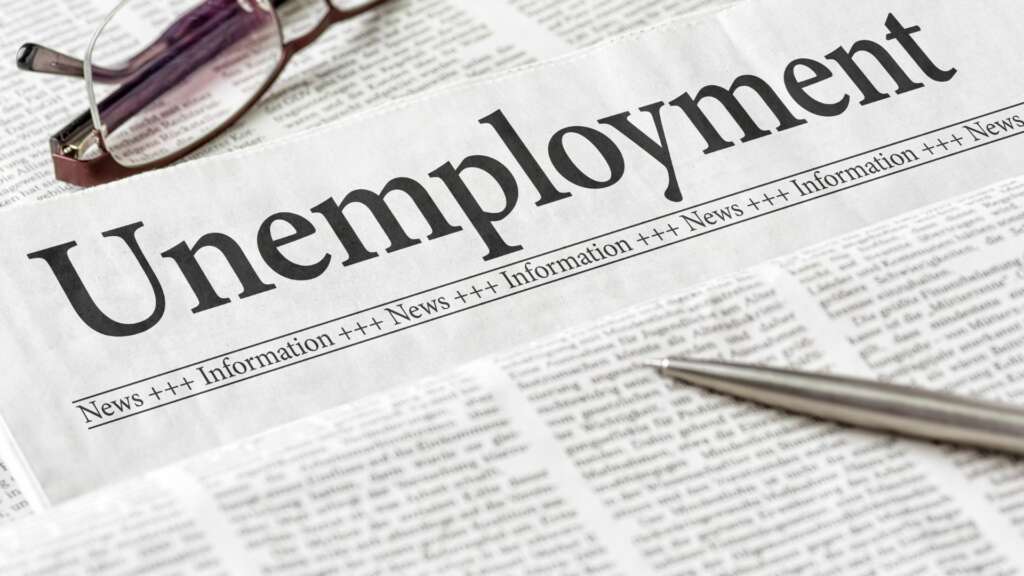
Frictional unemployment is defined as the kind of unemployment that is caused by the employee spending time not working. It can be described as search unemployment, sometimes also known as involuntary unemployment and is based solely on the circumstances of that person. It may last from months to years depending on what the person has done.
The workers are put into different ways of unemployment depending on what they have done. For instance, if a person has been laid off from his job, he will receive unemployment benefits. In some cases, the employer will cover part of the worker’s lost wages and will pay the rest if the employee goes back to work. Sometimes, an employer will have to cover some of the lost wages while a company decides whether or not they are going to lay off that person. If the company decides not to lay off that person, the worker receives unemployment benefits for the period that he was unemployed.
In a few other cases, frictional unemployment occurs when an employee does not work for an extended period of time and is then required to undergo retraining or training. This will cause him to spend a considerable amount of time in a training program.
An employee may be laid off from a job and may be unable to find an employer who wants to hire that person, or he may be required to do so because of an employer’s refusal. In such a case, he would have to go through retraining and training before he can return to work. If he has not done this, he can be laid off. If this happens, he will have to find a new job and will have to wait out the waiting period for it to be approved.
Search unemployment means that an employee is not working for a specific company and is looking for a new job. If the employee is willing to go through the job application process and is hired, he is given a check for his pay until his next payday. If he is not hired, he has to look for another job to make up the difference. There are many types of search jobs and it depends on the job.
Search jobs can be found by looking through newspapers, magazines, radio and TV, online and other forms of advertising, advertisements and other media. A person can even go down to a store to look for work that is available and get it. In this case, he will not get paid until he finds something and does it. When he finds it, he gets a check for his pay.
Frictional unemployment also occurs when a person has to search for a particular job. This is done by sending out resumes, talking to different companies, asking friends and relatives, etc. An employer might be able to tell the person if he is qualified for a particular position. The employer may require him to go for an interview and then might offer him a contract. It depends on what position the person is applying for.
Search unemployment occurs when a person has to search for a particular job for a certain period of time without finding it. This may be up to a year or more in some cases.
Search jobs are difficult to find because of the long waiting periods. There are instances in which the employer may want to know if you are willing to wait for the job for two months, but he has to make it clear that he wants you to wait for at least three months before hiring you.
The person also has to show proof of his skills and experience. Some employers may ask for these and the employee has to provide them. He will have to submit a resume, letters of recommendation, etc.
Frictional unemployment occurs when an employee is laid off from his job due to frictional reasons. This occurs when the worker is laid off and the employer does not have the necessary funds to hire a replacement.


